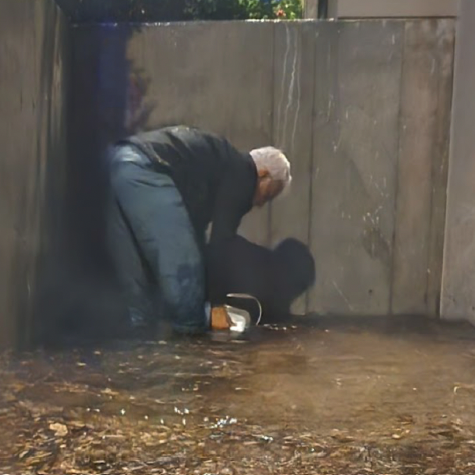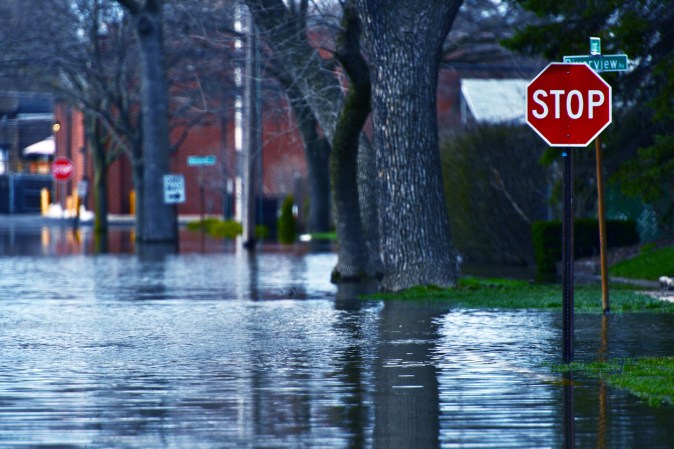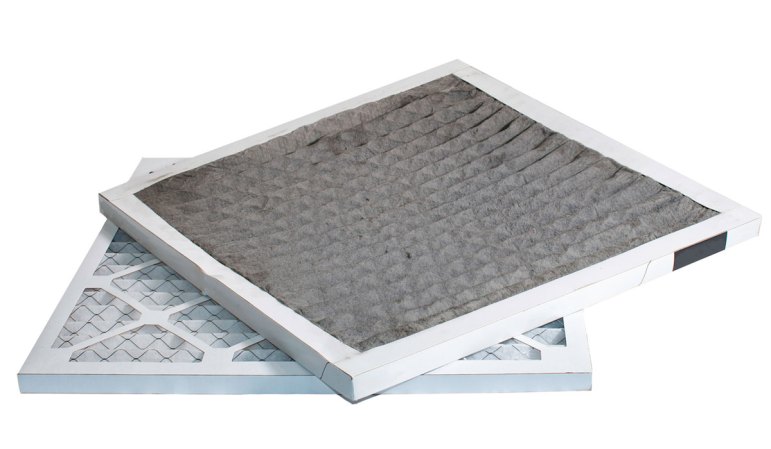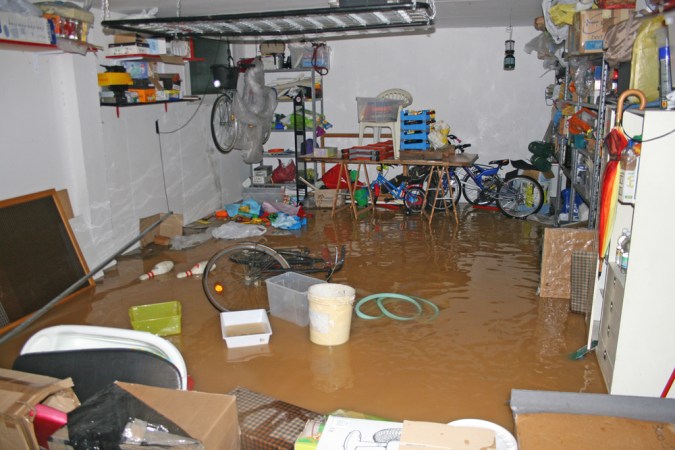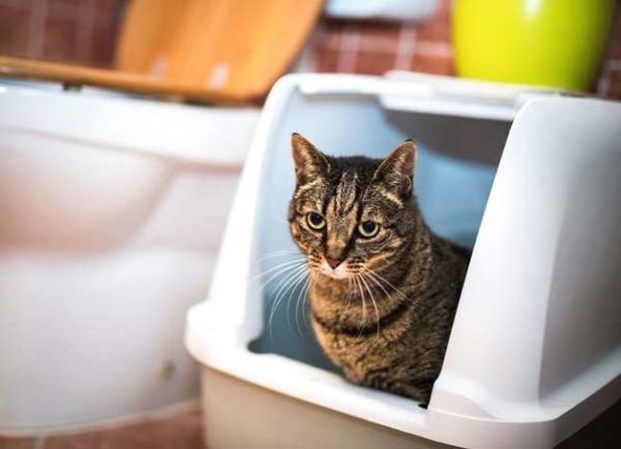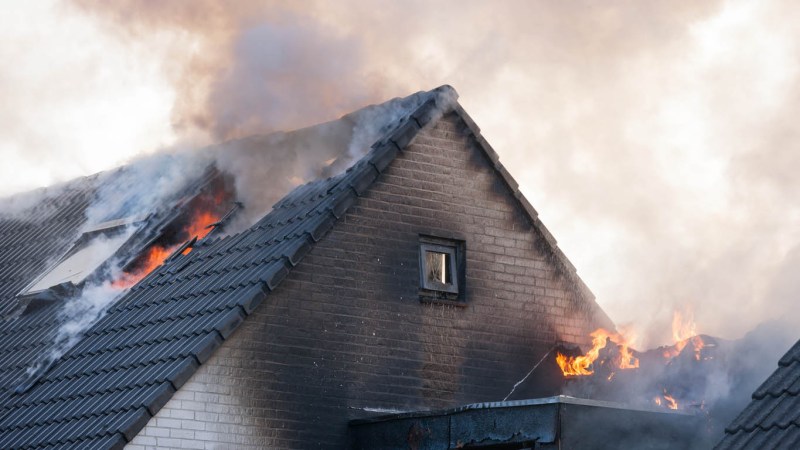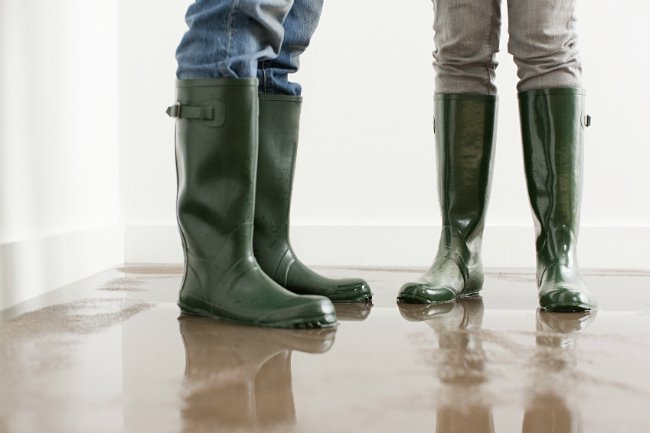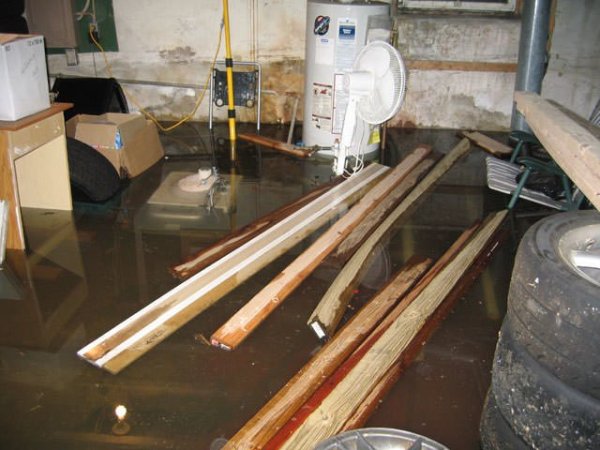We may earn revenue from the products available on this page and participate in affiliate programs. Learn More ›
The area of Colorado where I live tends to be in a perpetual state of drought, and flooding isn’t typically something we’re concerned about (or give much thought to). However, after record rainfall in our area this summer over a period of several weeks, we returned home one night in the midst of yet another severe storm. It occurred to us that we’d better check our light wells (which are a longer and wider version of a window well that are designed to let more light into a basement and are often used with bigger windows) to make sure no little critters were in there. We were shocked to find that the large light well shared by the two downstairs bedrooms was filled with water almost a foot deep to create a 6-foot by 15-foot wading pool, and the water was fast seeping through the windows.
RELATED: I Hired ServPro to Repair Water Damage After a Flood—Did It Sink or Swim?
The Damage
As soon as we saw what was happening, we sprang into action. My husband grabbed his fishing waders and a bucket and jumped into the light well and started bailing water. The water had come up to the bottom of both bedroom windows, where it was seeping in at a rapid rate. The windowsills, walls, and carpeting were all soaked, and the water in the carpet was fast approaching the bed in the middle of each room.
How We Prevented More Damage
I grabbed every towel in the house and started sopping up the water around the windowsills to try to prevent water damage to the wood while also attempting to sop up the water in the carpet. I did my best to keep up with the flowing water until my husband had bailed it out to below the level of the window. At this point, I grabbed my hair dryer to further dry out the windowsill and the walls in an effort to prevent the water from soaking through to the drywall and causing more extensive damage. We’d run out of towels at this point, so I ran them through a speed cycle in the washer and dried them, a process we repeated for hours until we’d dried out the carpeting as best we could.
RELATED: Solved! Do I Really Need Flood Insurance?
The Next Day
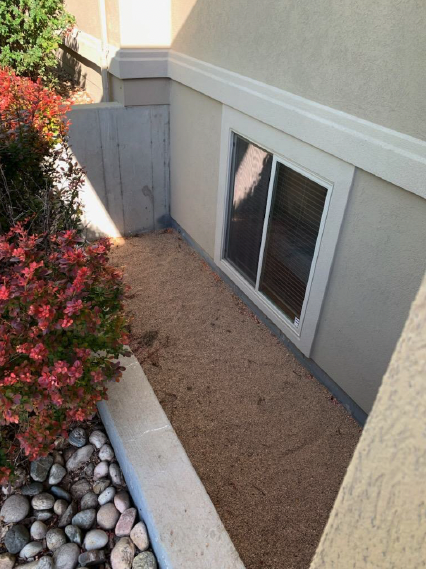
When the sun came up the next morning, we were able to survey the area around the roof to see exactly what had happened. Our roofline is such that it had created an opportunity for flooding, although it wasn’t anything we’d ever given much thought to. There was also a small accumulation of debris in the gutters, and the sheer volume of water combined with the debris created, quite literally, the perfect storm, which is what caused the home flooding. Although there’s nothing to be done about the way our roof is constructed, it was a good reminder to keep up with gutter maintenance. We’re not sure if that would have helped considerably, but it wouldn’t have hurt.
We set up a dehumidifier we already had on hand and borrowed a heavy-duty industrial fan in an effort to prevent mold and mildew from forming in our carpet. We ran both of these for 4 days, during which we continued to blot up residual moisture with towels.
RELATED: How Much Does Water Damage Restoration Cost? (2023)
What We Bought
We stocked up on new towels after the flood, and now we have a robust supply on hand should we ever need them again. However, we decided it would also make sense to invest in a water pump for our light well to prevent the chore of bailing gallons and gallons of water by hand, which is not a pleasant task in the best of circumstances, and especially not in the dark.
RELATED: 10 Essential Products for Cleaning Up After a Flood – Advice From Bob Vila
What We Learned
After the damage had been cleaned up, we took stock to better prepare in the event this should ever happen again. We knew our homeowners insurance wouldn’t cover flooding, but fortunately, the damage we sustained was minimal and wasn’t anything we couldn’t clean up ourselves. The dehumidifier and the industrial fan did a great job of drying out the carpet, and we were very pleased to find that both the carpet and the pad underneath dried thoroughly after several days, preventing us from having to replace either of these.
We also learned that it’s important not to neglect cleaning the gutters, which is a task that’s often not high on the to-do list. Although having less debris in the gutters may not have helped our situation, we were surprised by how much stuff was in there when we inspected them.
Our flood could have been so much worse, but fortunately, we caught it in time to prevent major damage from occurring. If it happens again, though, we’ll be better prepared, and it was a good reminder to keep up with gutter maintenance and to keep a close eye on window wells when heavy rains occur.

